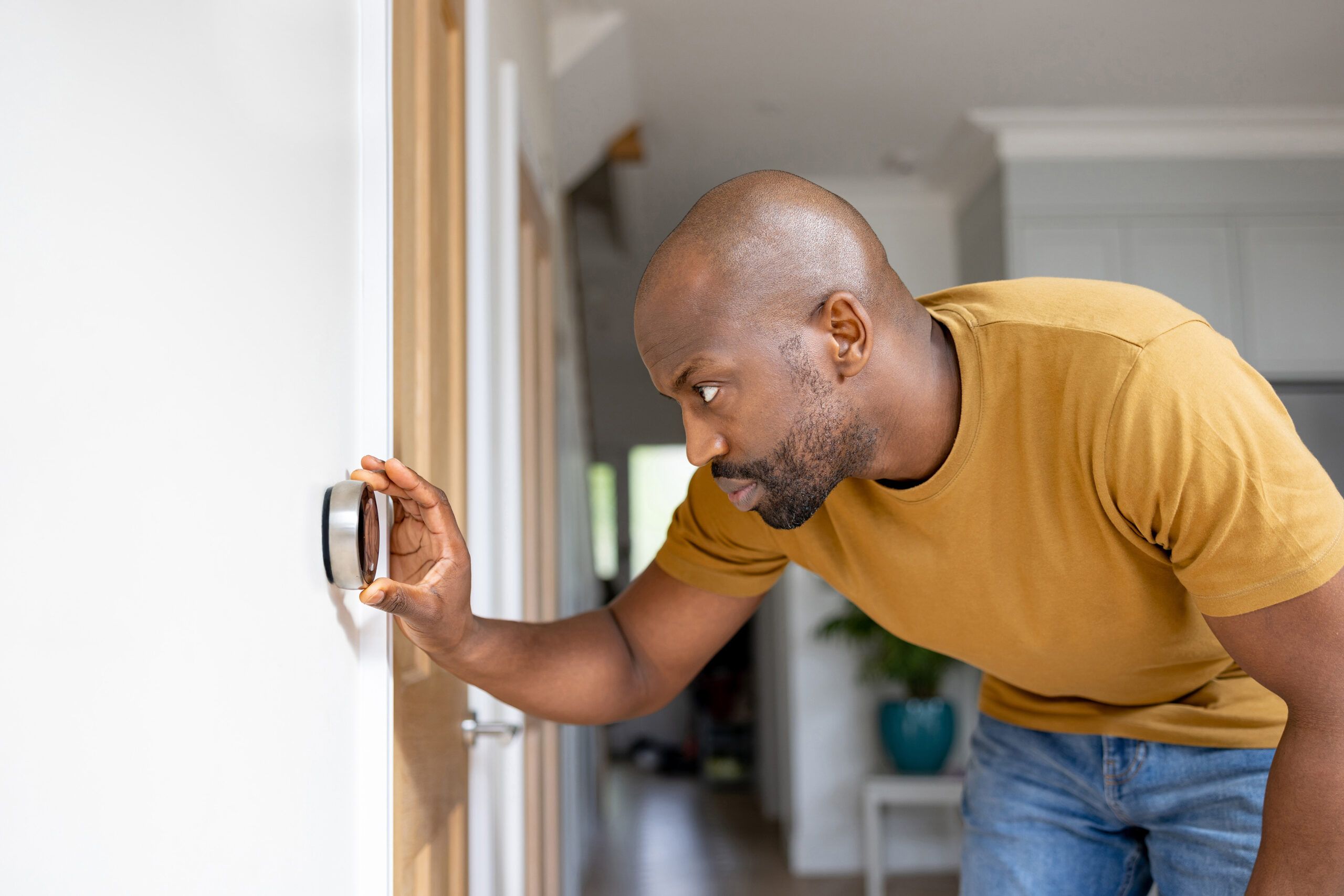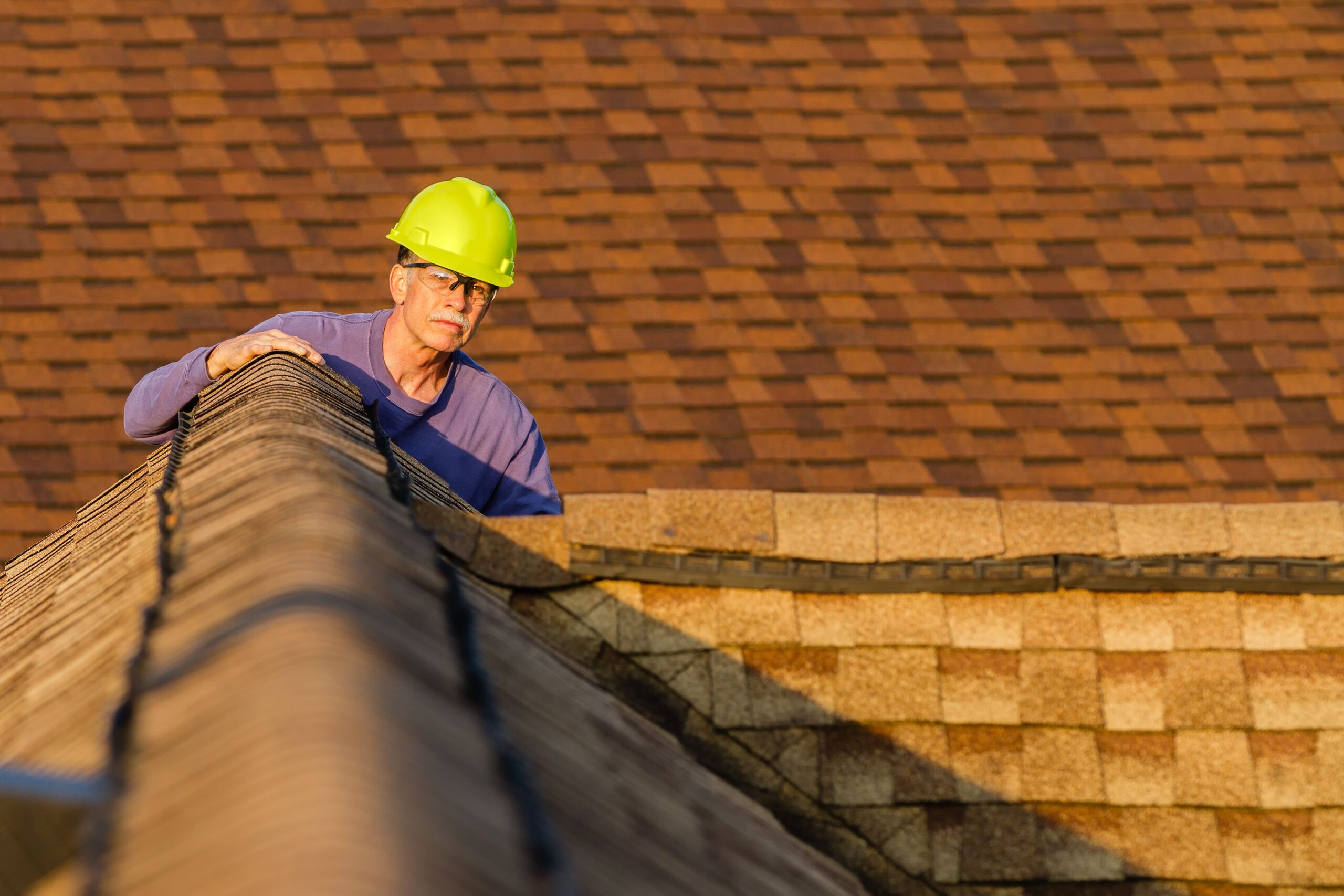Heading south for the winter? Before you pack your bags for warmer climates, it’s important to prepare your home for an extended absence during the cold months. Proper winterization protects your property from potential damage caused by freezing temperatures, storms, and other winter-related issues.
In this guide, we’ll walk you through the steps to winterize your vacant home, giving you peace of mind while you’re away and providing a worry-free return in the spring.
Conduct Inspections To Winterize Your Home
Before you depart, you’ll want to identify and address potential problems so they don’t escalate into costly repairs. Here are two tasks you’ll need to complete:
Check Your Heating System
Have a qualified HVAC technician inspect your furnace or boiler. They can clean the system, replace filters, and make sure it’s operating efficiently. This maintenance prevents unexpected breakdowns and helps maintain a consistent temperature throughout your home during your absence.
Examine Your Home’s Exterior
A thorough inspection of your home’s exterior can help you spot vulnerabilities that could be affected by winter weather. Repair any issues you notice before you leave. Pay special attention to these points:
- Foundation: Examine the foundation for cracks or gaps that might allow water infiltration or provide entry points for pests
- Roof: Check for loose or damaged shingles that could lead to leaks
- Siding: Look for any damage to the siding, as it can result in water infiltration, pests, and higher energy bills
- Windows: Inspect windows and doors for proper sealing as air leaks can drive up energy costs
Schedule a Weatherization Audit
Scheduling a weatherization audit can give you a solid plan for winterizing your home. A weatherization specialist can review your house and make a list of tasks that should be completed before you leave. They can give advice on air sealing, moisture control, ventilation, energy use, insulation, and more.
Protect Your Plumbing System
When winterizing your soon-to-be vacant home, safeguard the plumbing system against freezing temperatures to prevent burst pipes and water damage.
Shut Off the Main Water Supply
If possible, turn off the main water supply to your home to reduce the risk of leaks or burst pipes.
The main shutoff valve is typically located in the basement, near the front of the house. After shutting off the water, open faucets and flush toilets to drain the pipes.
Winterize Appliances
For homes with older steam heating systems or automated sprinklers connected to the main water supply, completely shutting off the water may not be feasible. In these cases, focus on winterizing specific appliances, including washing machines, dishwashers, water heaters, and outdoor faucets.
Locate the individual shutoff valves for these appliances, usually near the water supply lines, and turn them clockwise to close. Inspect supply lines for any signs of wear, such as cracks or bulges, and replace them if necessary. Draining the hoses and leaving the washing machine door open can help prevent mold and mildew.
If possible, you may also want to have a plumber review your system for any potential problems.
Set the Temperature

While it might be tempting to turn off the heat entirely to save on energy costs, maintaining a minimum temperature will help to prevent frozen pipes and other cold-related damage. Set your thermostat to at least 55 degrees Fahrenheit (13 degrees Celsius) to keep your home’s interior warm enough to prevent freezing.
Do the following before you leave:
- Replace the batteries in your thermostat.
- Update your smart home system to prevent downtime or errors.
- Leave interior doors open to allow warm air circulation.
- Keep cabinet doors open, especially in kitchens and bathrooms, to allow warm air to reach pipes.
- Insulate exposed pipes in unheated areas, such as attics, basements, and crawl spaces, with foam or rubber insulation sleeves.
Another practical tip is to invest in a smart thermostat that lets you monitor and control your home’s temperature remotely. You’ll be able to make adjustments as needed based on real-time weather conditions.
Prevent Ice Dams and Roof Damage Before Winter
Ice dams can cause significant damage to your roof and home’s interior. These formations occur when melted snow refreezes at the roof’s edge, preventing proper drainage and potentially leading to water seepage under shingles.
Add Extra Attic Insulation
One effective way to prevent ice dams is to add extra insulation to your attic. This helps maintain a consistent temperature across your roof, reducing the likelihood of snow melting and refreezing at the edges. Proper insulation also improves your home’s overall energy efficiency. Moreover, a well-ventilated attic will allow warm air to escape, reducing the risk of ice dam formation.
Clean Gutters and Downspouts
Make sure your gutters and downspouts are clear of debris before leaving. Clean gutters allow melting snow and ice to flow freely away from your home, reducing the risk of ice dams and water damage. Direct downspouts away from your home’s foundation to prevent water from seeping into the basement or crawl space.
Manage Trees and Outdoor Spaces

Proper landscaping maintenance before winter can prevent damage to your home and property during severe weather. Make plans to:
- Trim large branches that could fall on your house during heavy snowfall
- Remove dead or diseased trees that might pose a risk
- Store outdoor furniture, grills, and other items that could be damaged by winter weather
- Drain and store garden hoses to prevent freezing and bursting
- Shut off and drain outdoor water features and irrigation systems
- Apply mulch to garden beds to protect roots from freezing temperatures
Keep Pests Out
An empty house can be attractive to animals and insects seeking shelter from the cold. You should place traps to catch any pests that come inside, but you’ll also want to take preventative measures.
Seal Entry Points
The best way to keep pests out is to seal off points of entry. Here are some ways to look for and seal entry points around your home:
- Check windows and doors for gaps or cracks
- Look for openings around pipes or utility lines
- Install screens on vents and chimneys
- Repair damaged siding or roofing materials
- Close the fireplace flue
- Place mesh covers over attic vents and chimney tops
Clean To Remove Attractants
A thorough cleaning before departure will eliminate food sources that might attract pests.
- Clean the oven, pantry, and cabinets
- Remove all perishable foods from the refrigerator and pantry
- Take out garbage and clean trash cans
- Vacuum and mop floors to remove crumbs and spills
Prepare Electronics and Appliances
Taking care of your home’s electronics and appliances now can prevent energy waste and potential damage during your absence.
Unplug Devices
Many electronics and appliances continue to draw power even when not in use. Before leaving, unplug computers, televisions, entertainment systems, small kitchen appliances, charging stations, and non-essential home network equipment. This step will also protect them in the event of a power surge.
Clean Your Refrigerator
Cleaning your refrigerator now helps to keep pests out and prevents you from coming home in a few months to spoiled food and unpleasant odors. You should:
- Remove all food items
- Defrost the freezer compartment
- Unplug the refrigerator
- Clean the interior thoroughly
- Prop the doors open to prevent mold and mildew growth
If unplugging your refrigerator is not an option, consider adjusting the settings to energy-saving modes.
Setup Security
While winterizing your home protects it from the elements, securing it against potential intruders is equally important.
Use Light Timers
Use timers or smart home systems to control interior and exterior lights. This creates the appearance of occupancy and can deter would-be burglars. Vary the timing to make the lighting patterns less predictable.
Another effective measure is to use smart blinds or curtains that can open and close on a schedule, simulating daily routines.
Arrange for Regular Property Checks
Ask a trusted neighbor, friend, or professional house-sitting service to check on your property regularly. This can help you maintain your property while also signaling that the house is being monitored, discouraging potential intruders.
Consider asking them if they will also complete some tasks for you, as this will further the appearance that someone is home. You might want to ask that they collect mail, shovel snow, and check the HVAC, security, and plumbing systems.
Install Security Cameras
Using security cameras allows you to monitor your property remotely as long as you have an internet connection. You can use exterior cameras to spot people approaching your house, but you might also want to consider installing interior cameras. These can be set up to alert you if there is movement within the home.
Our Conclusion
Winterizing your vacant home is necessary if you want to protect your property while you’re away. By following these comprehensive steps—from inspections and plumbing protection to pest prevention and security measures—you can enjoy your time away with peace of mind.

